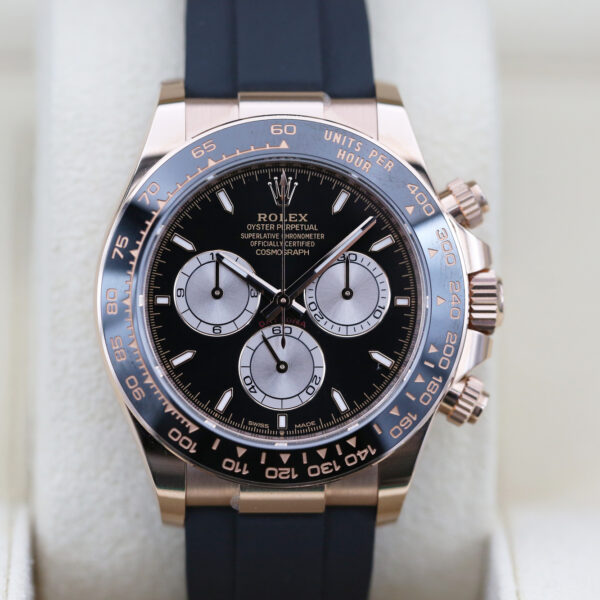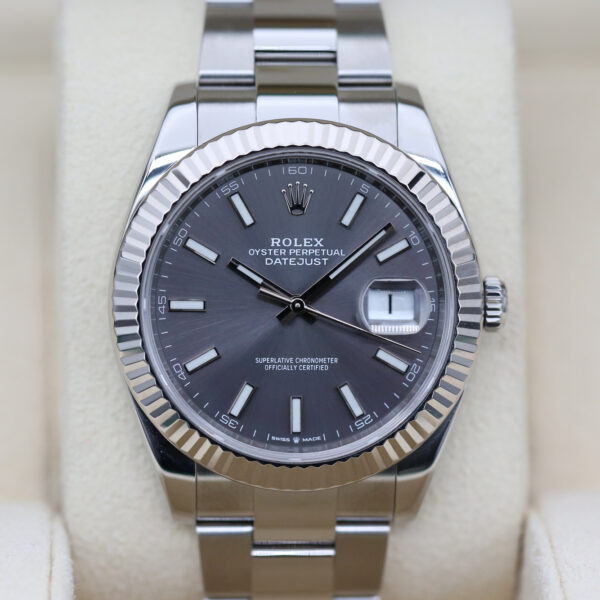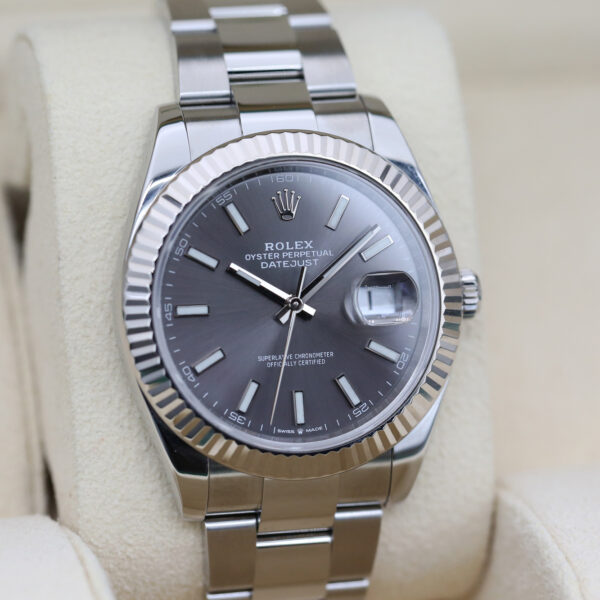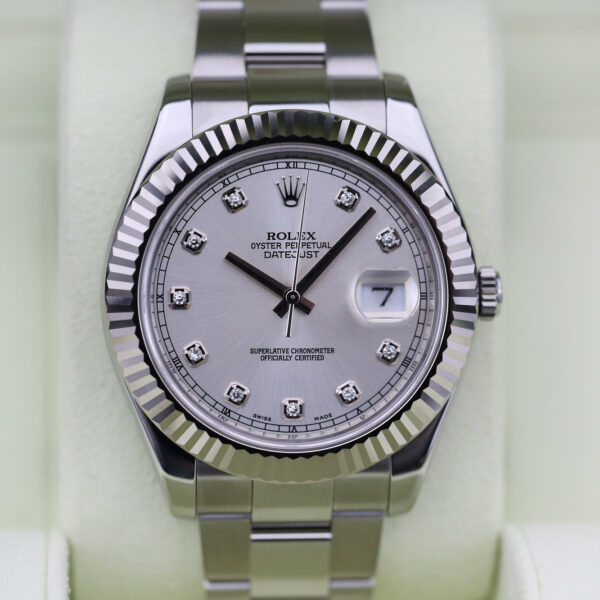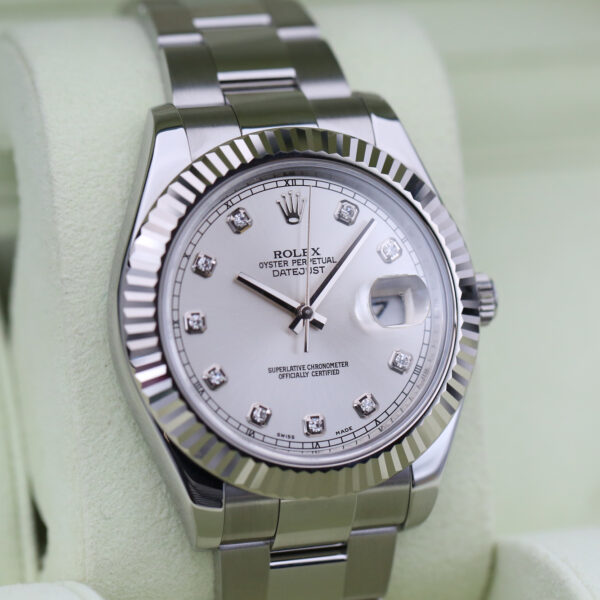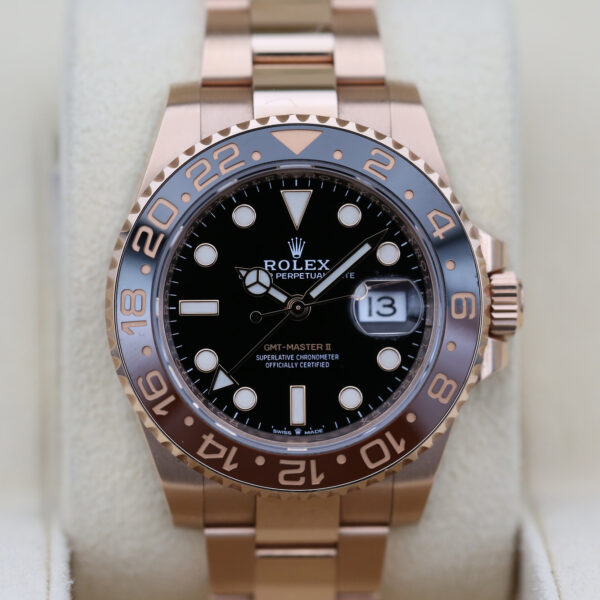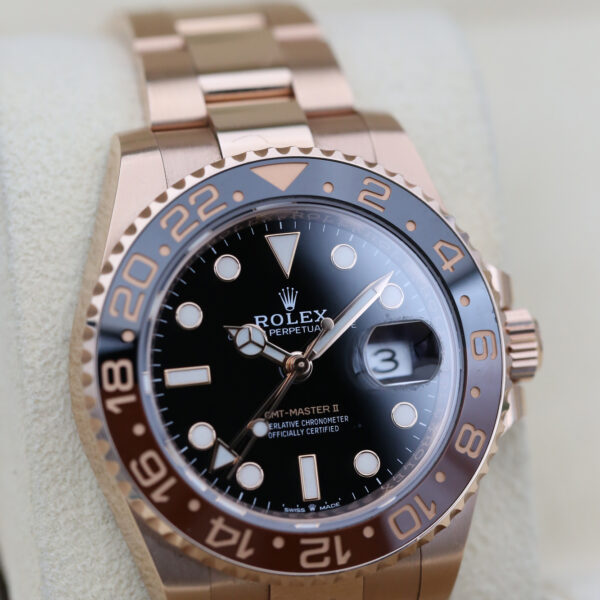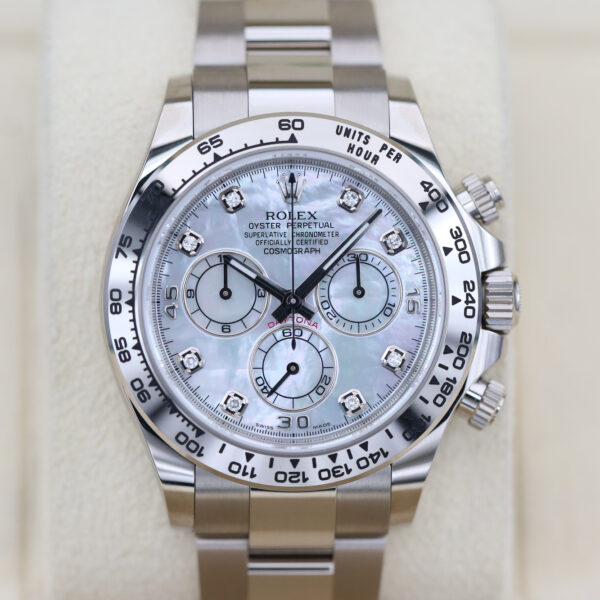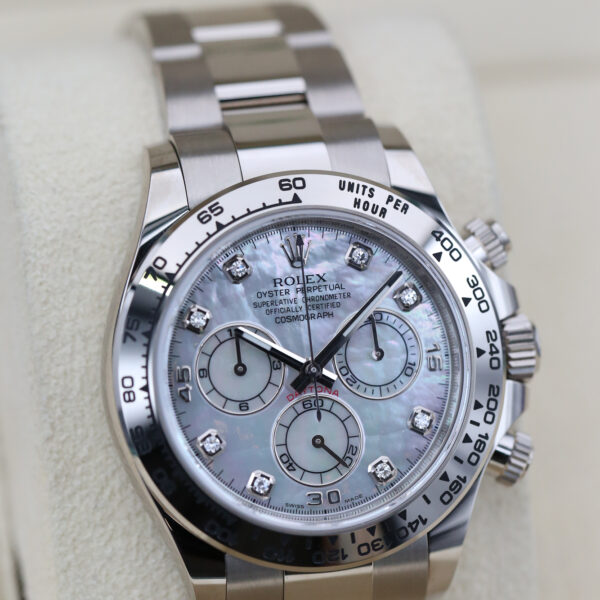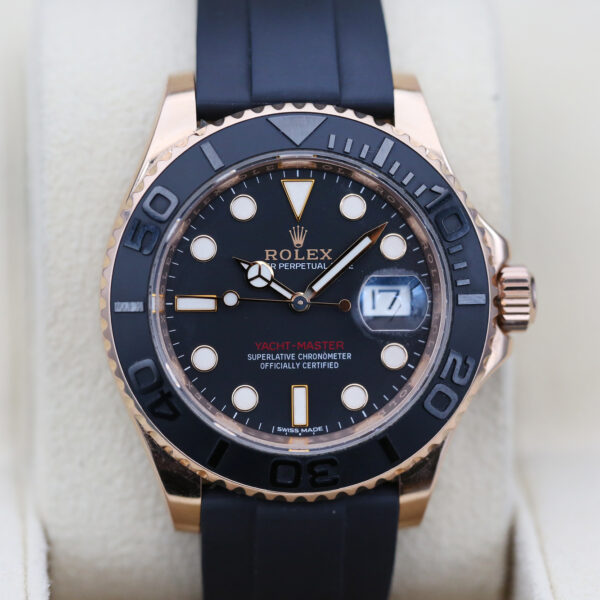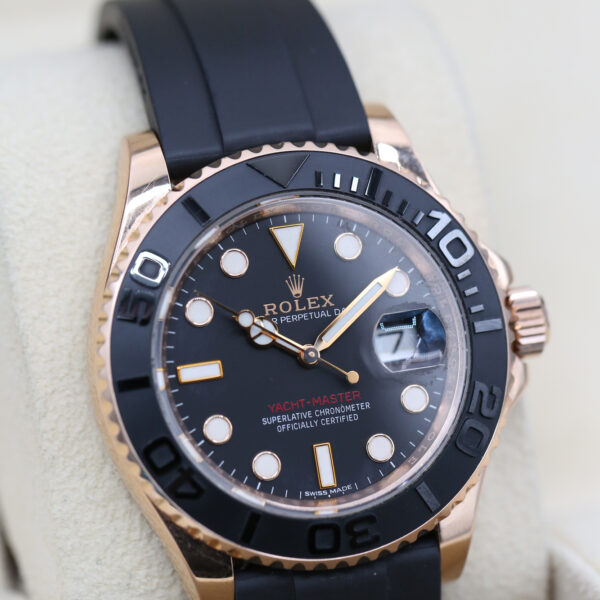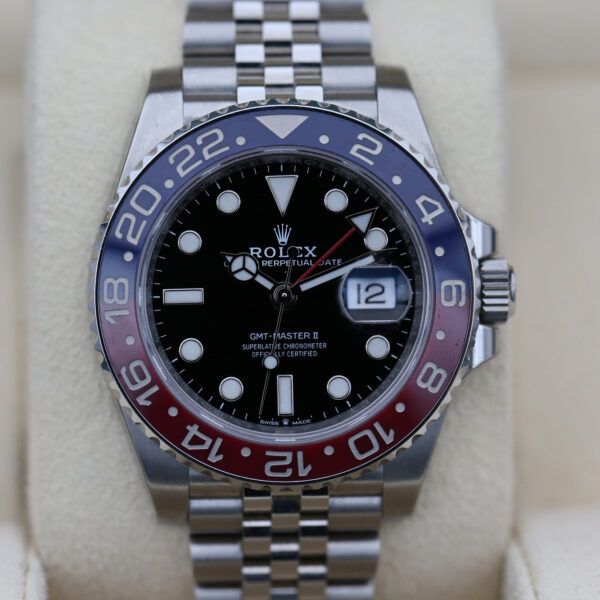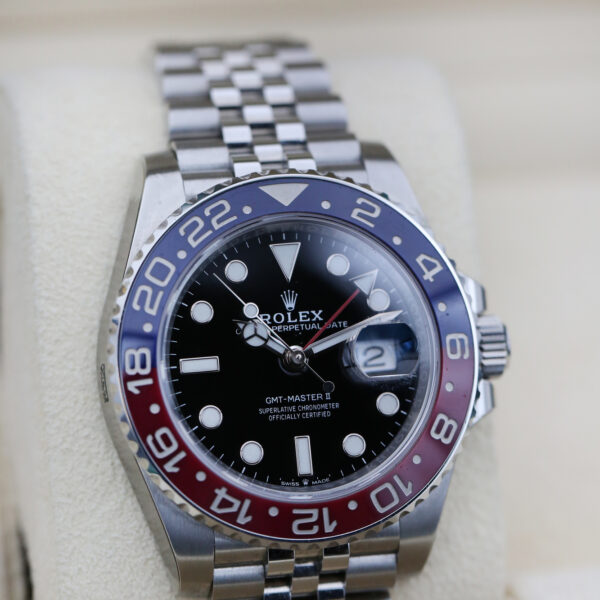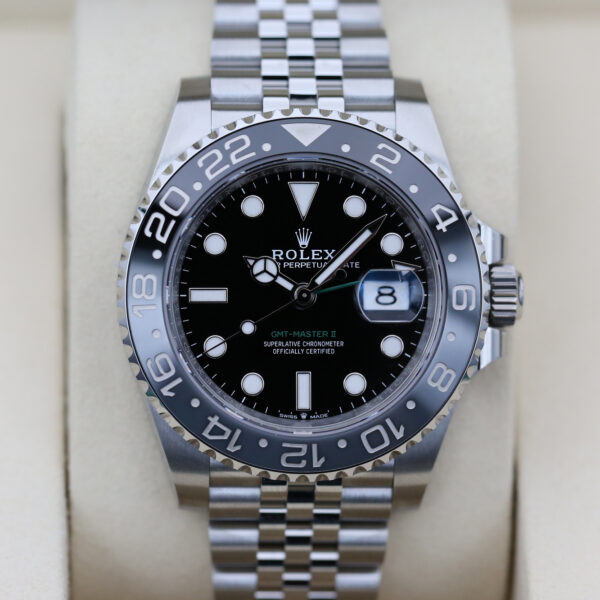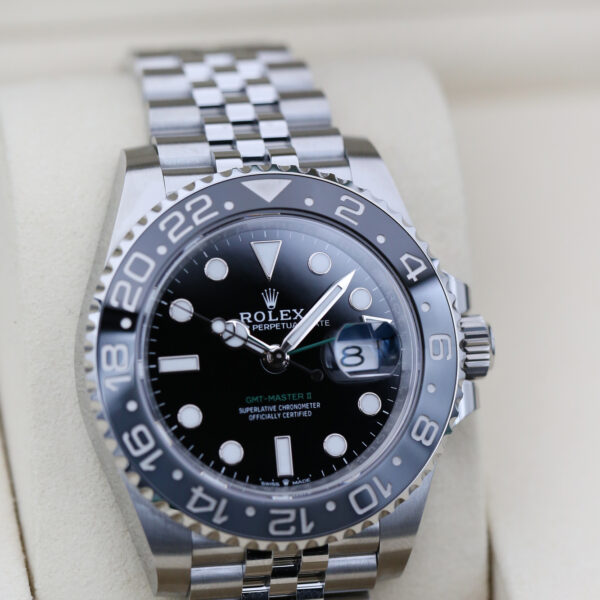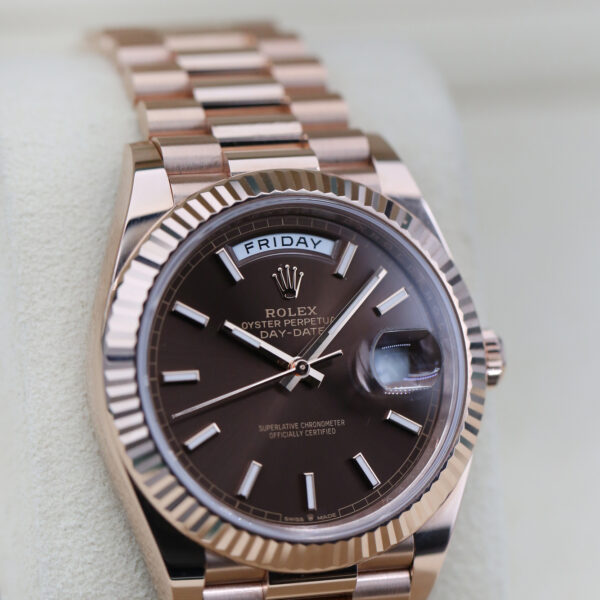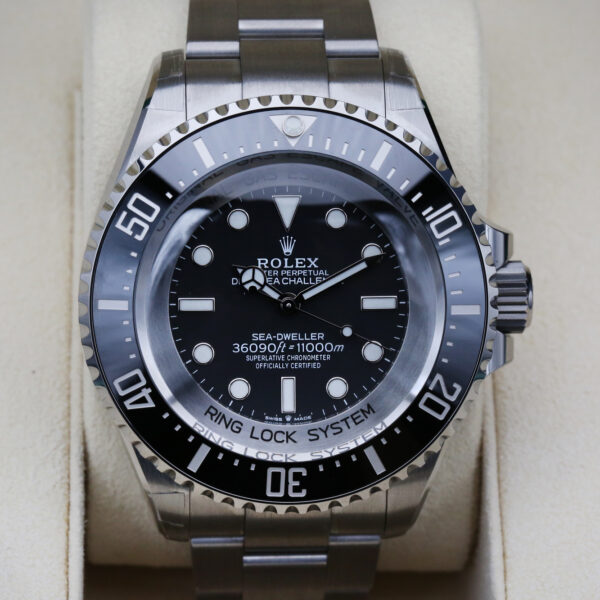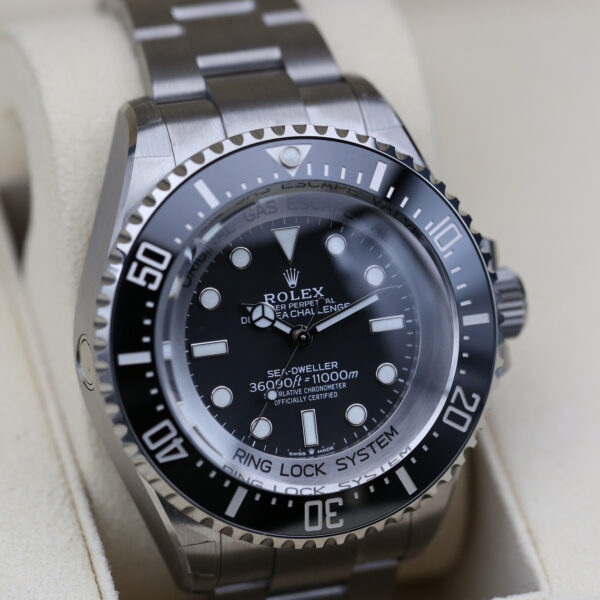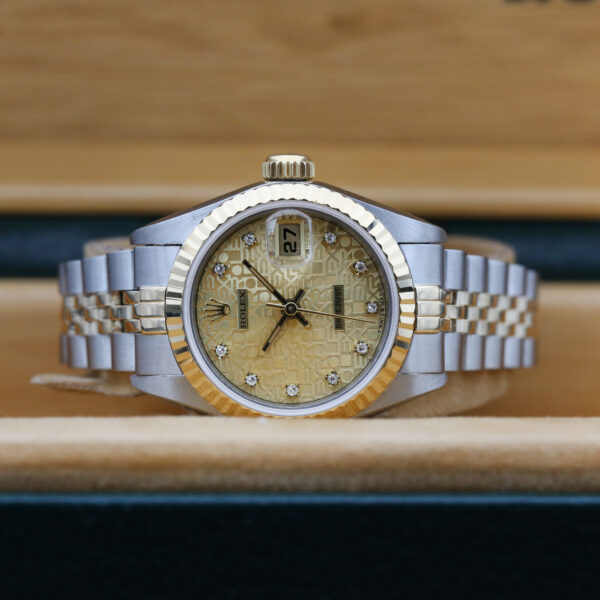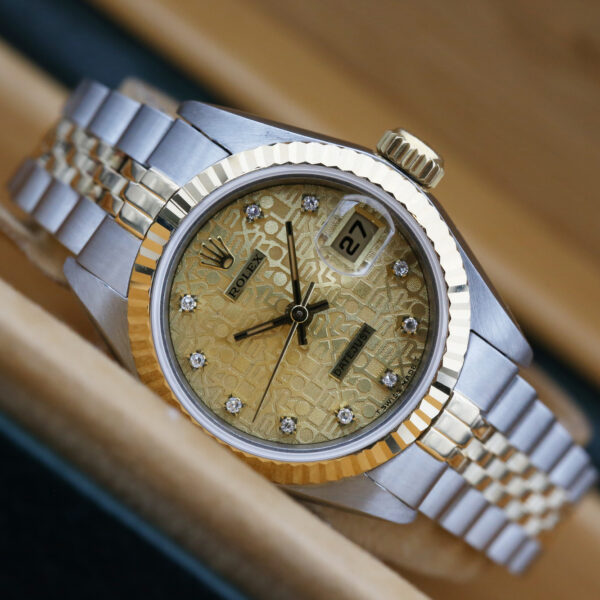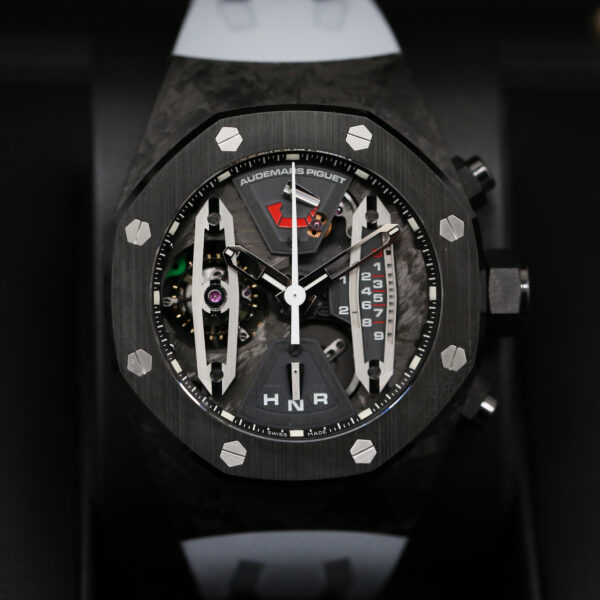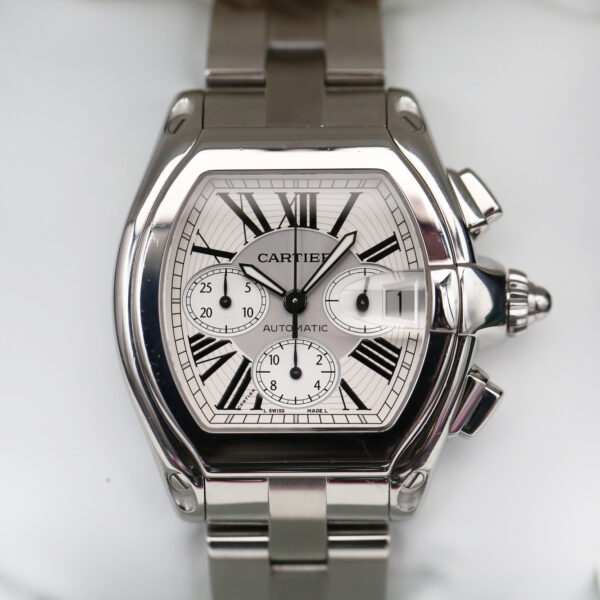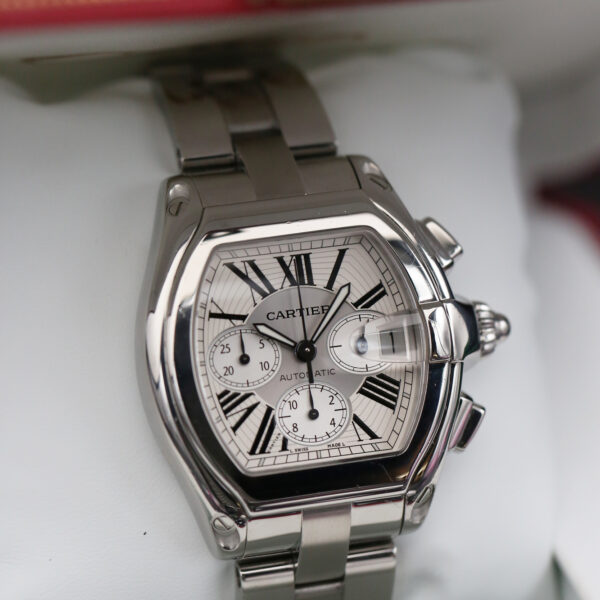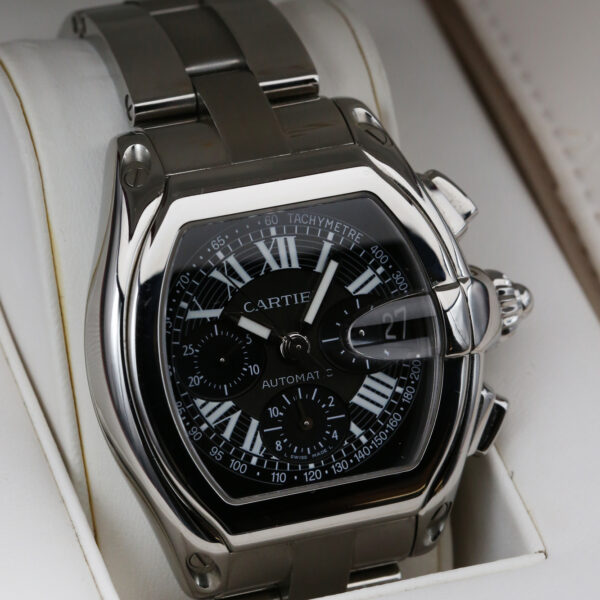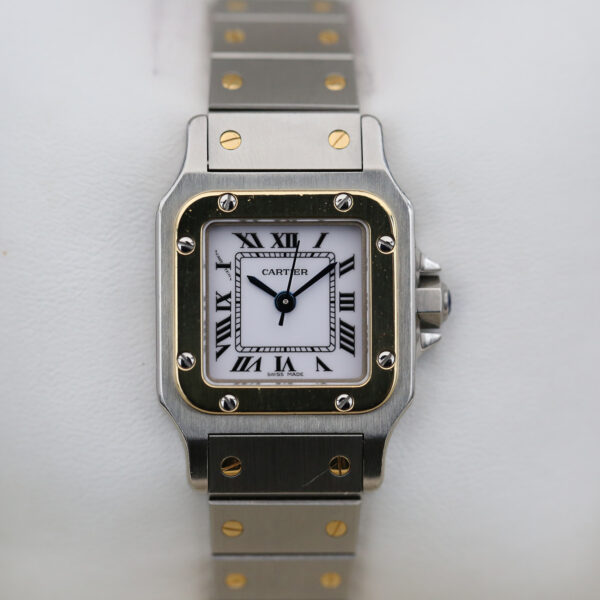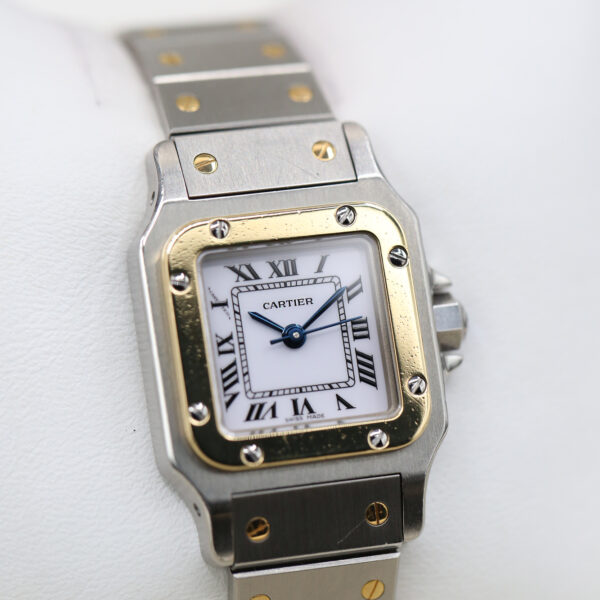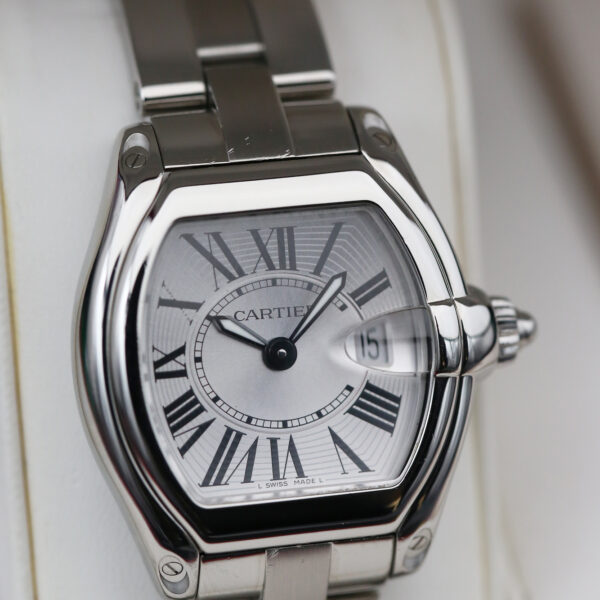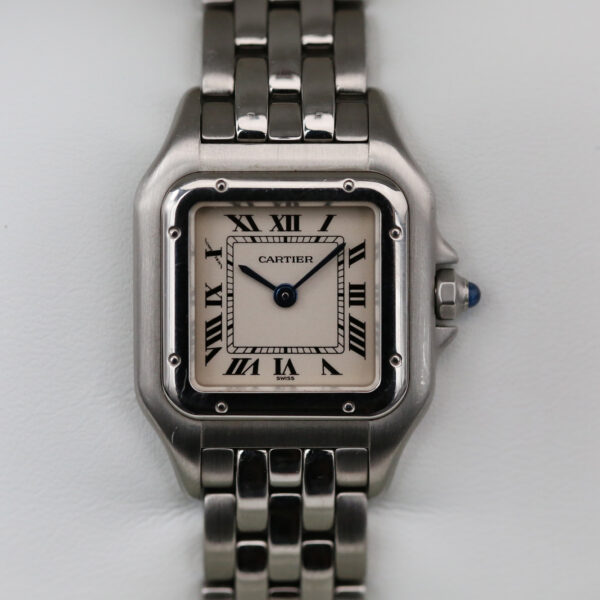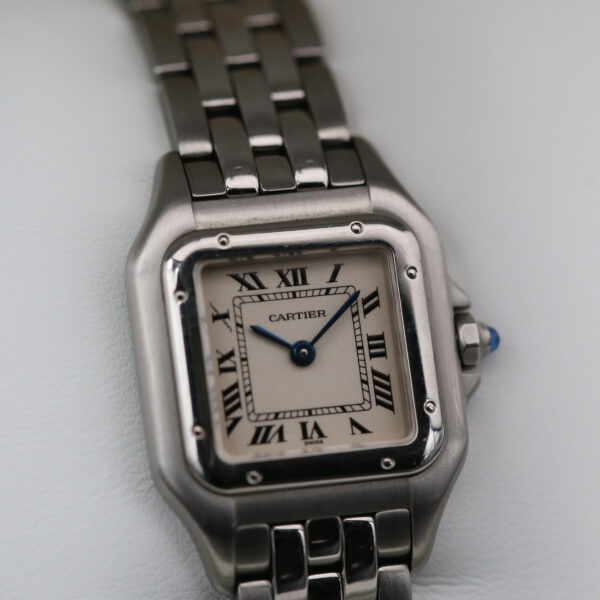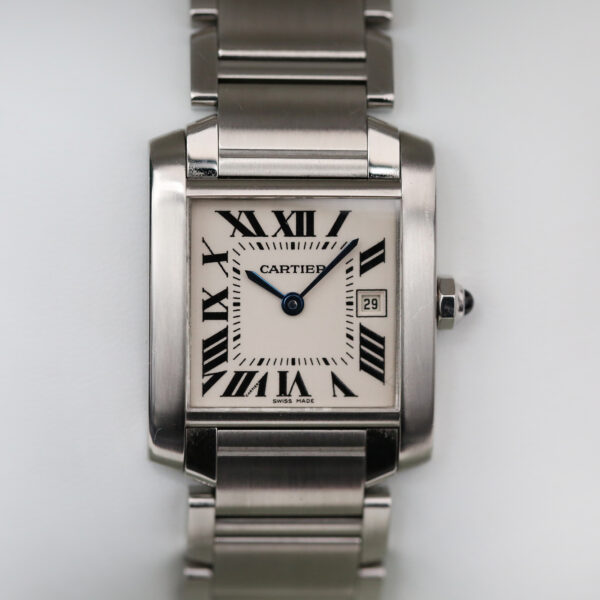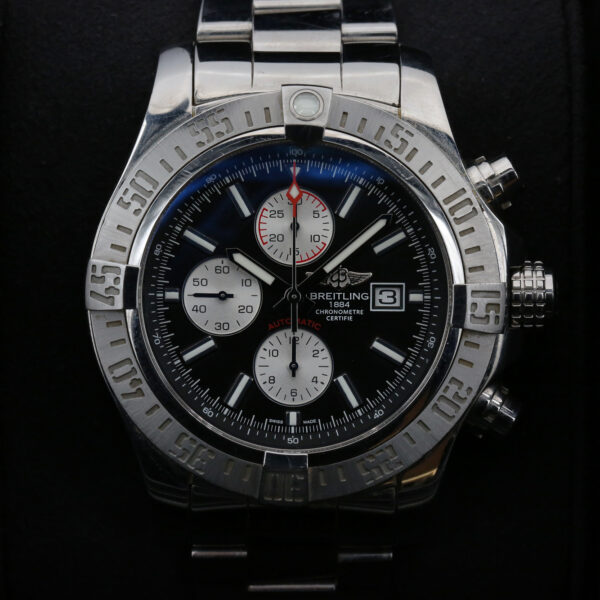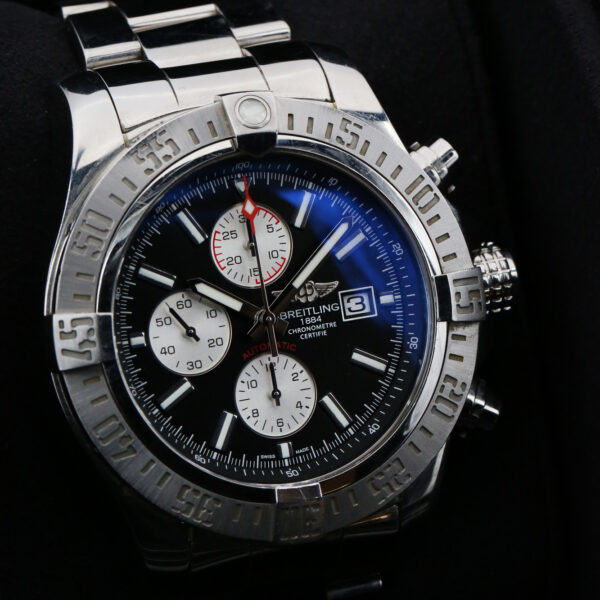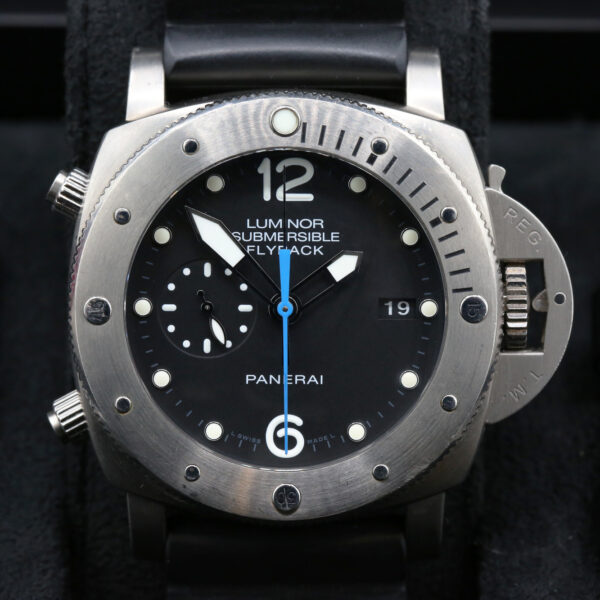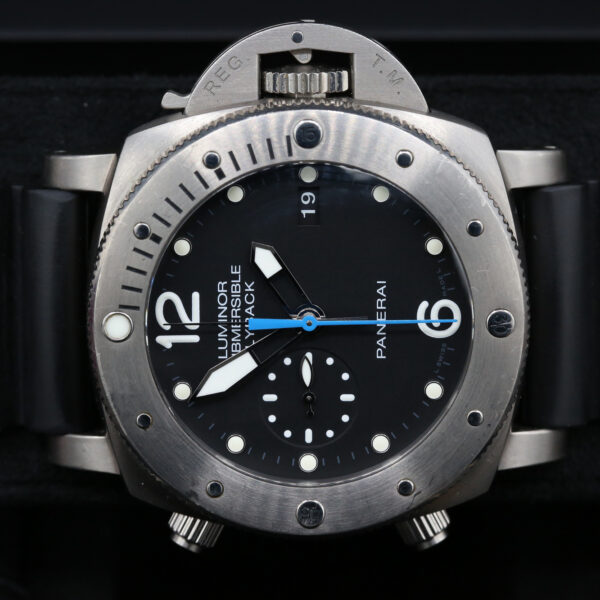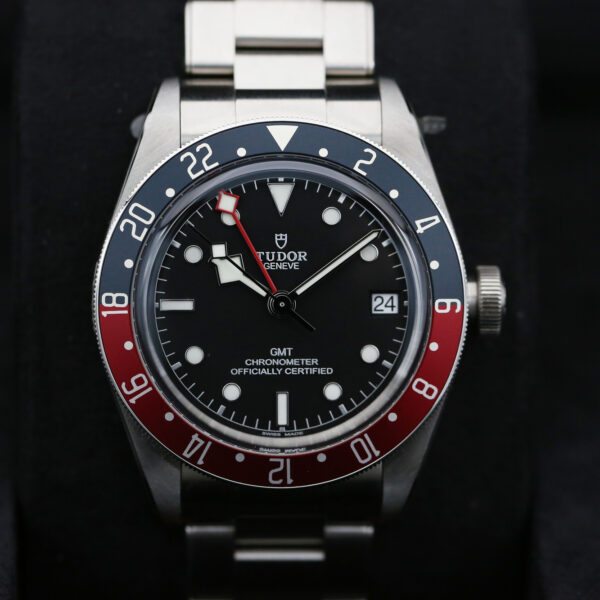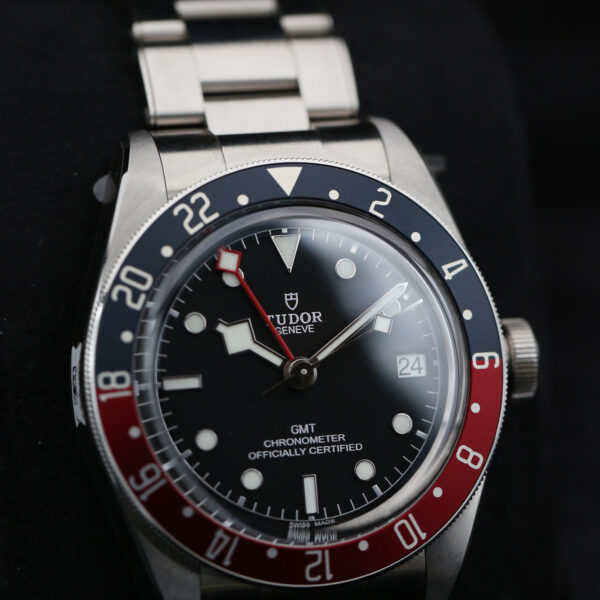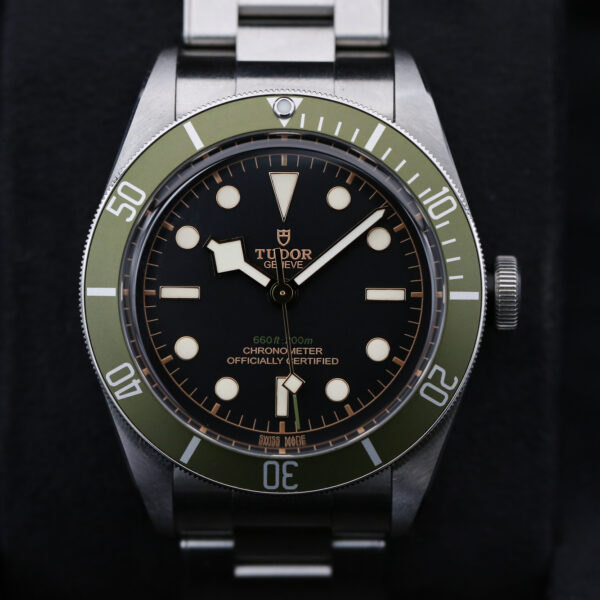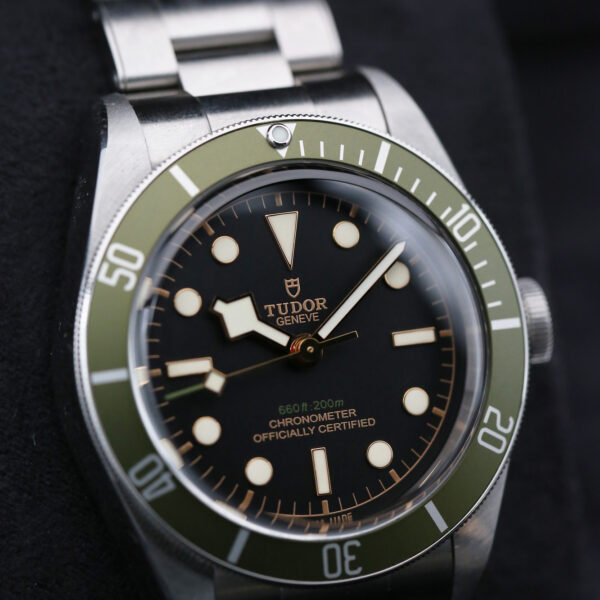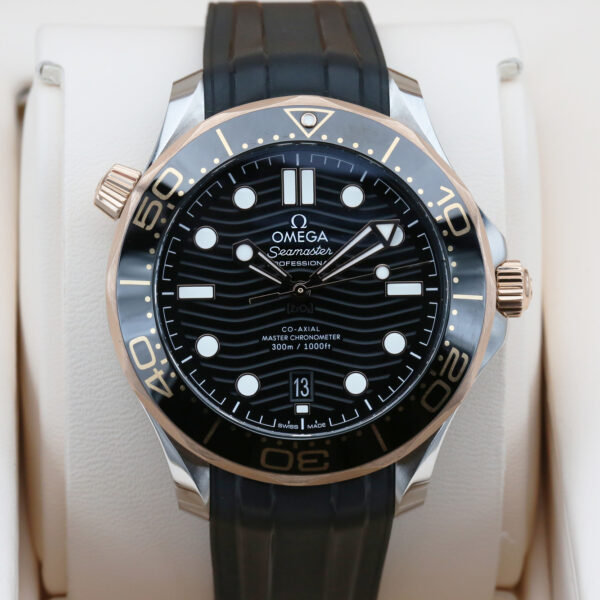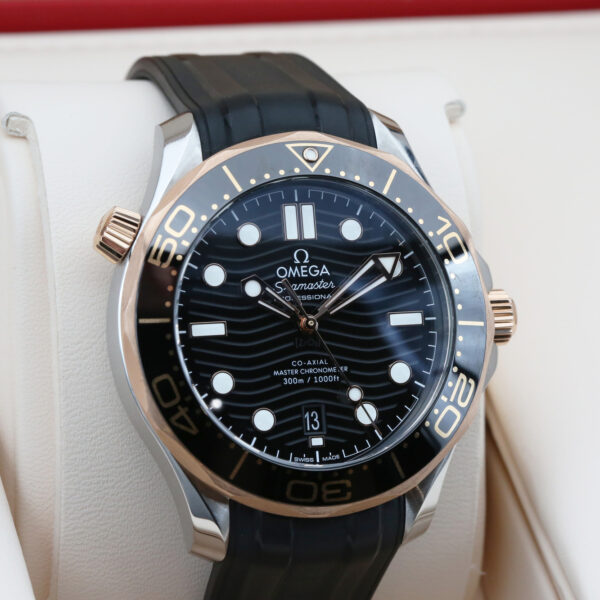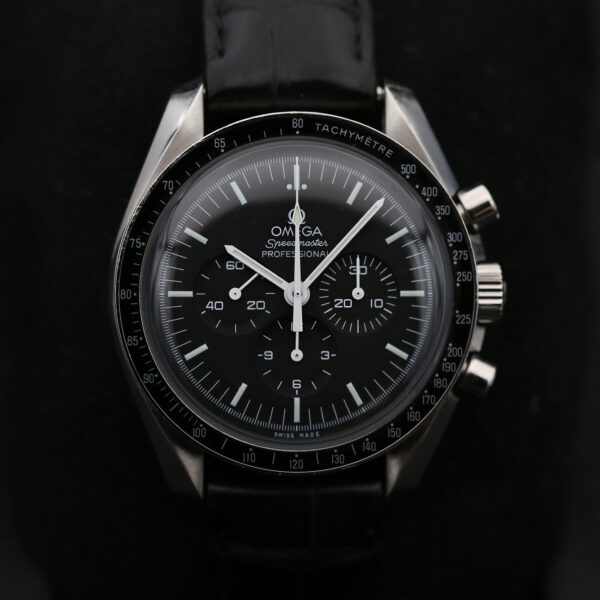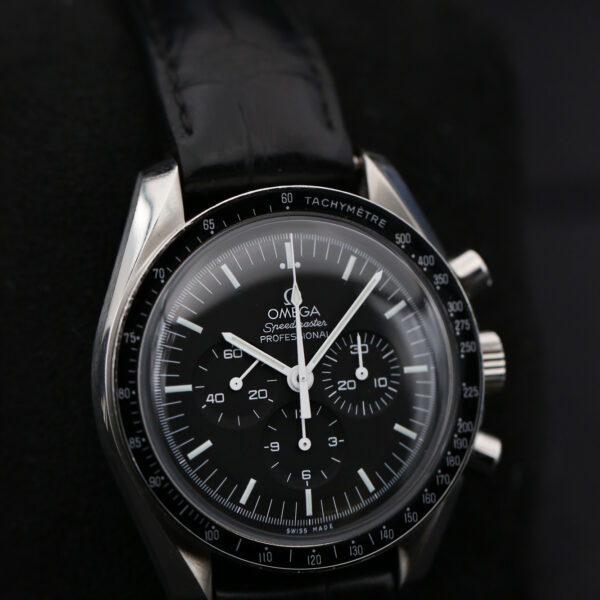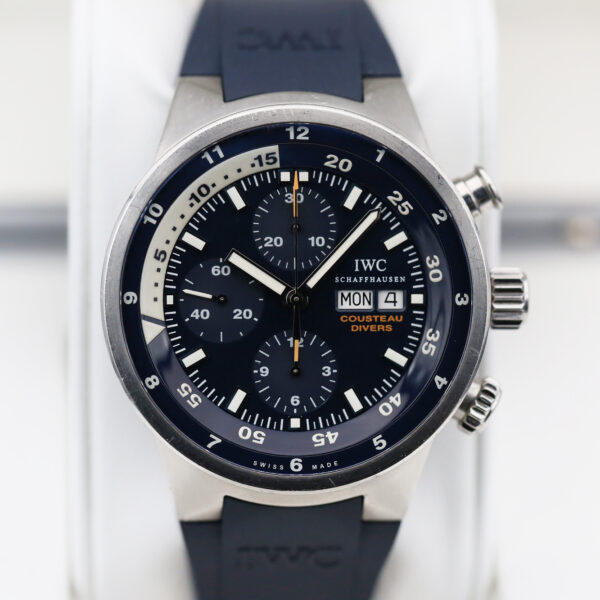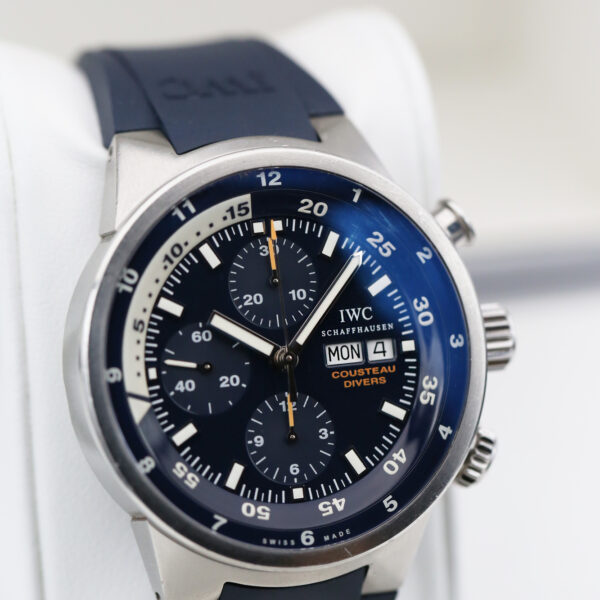-
×
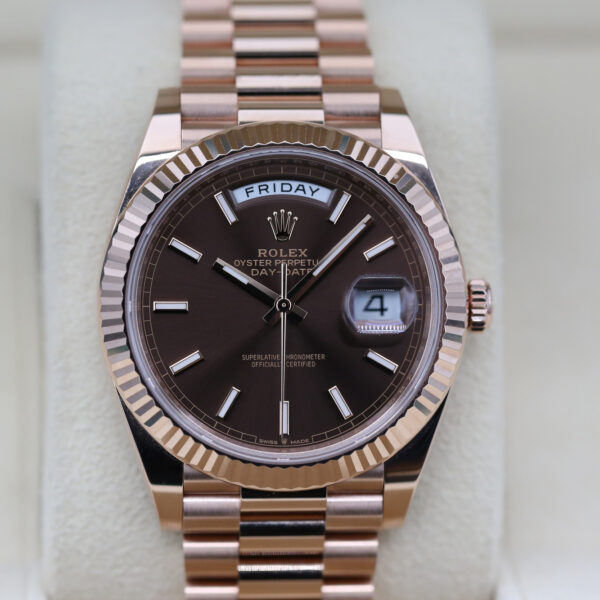 Rolex 228235 Chocolate DAY-DATE 40mm 2023
£35,000.00
Rolex 228235 Chocolate DAY-DATE 40mm 2023
£35,000.00
The Rolex Watch has long set the bar for precision and reliability in luxury watchmaking, with its Superlative Chronometer certification guaranteeing accuracy to within -2/+2 seconds per day. But a recently discovered patent filing suggests the brand may be on the verge of its most significant movement upgrade in decades.
In this article, we’ll explore what this change could mean, how it compares to industry innovations like Omega’s Co-Axial escapement, and what collectors and investors should be watching closely.
The Current Standard: Rolex Watch Chronergy Escapement
At the heart of every Rolex is its movement, most of which use the Chronergy escapement—Rolex’s proprietary enhancement of the classic Swiss lever escapement. Introduced in 2015 with the Calibre 3255, Chronergy improves energy efficiency and resistance to magnetic fields, thanks to its lightweight construction and improved geometry.
While this design has served Rolex well, it still relies on sliding friction between pallet jewels and escape wheel teeth, meaning it requires lubrication and can lose energy. For a brand that produces over a million watches a year—all meeting strict accuracy standards—any improvement here could be monumental.
The New Patent: Enter the Natural Escapement
Discovered by Revolution, Rolex’s new patent filing describes two proposed versions of a natural escapement. First invented by horological legend Abraham-Louis Breguet, the natural escapement reduces friction and energy loss by replacing the lever and pallet system with dual escape wheels that directly impulse the balance wheel.
Rolex’s patent shows:
- Dual escape wheel systems with an intermediary lever (no pallets)
- One version with dual-plane wheels (for locking and driving separately)
- Another with monolithic wheels featuring asymmetric teeth
These designs offer:
- Greater efficiency
- No need for lubrication
- Potentially more stable timekeeping
This isn’t just theoretical innovation—if Rolex can industrialise this escapement, it could redefine accuracy standards across the industry.
How Does It Compare to Omega’s Co-Axial Escapement?
Omega’s Co-Axial escapement, introduced in 1999 and now a core feature of its lineup, was the first major escapement innovation in 250 years. It improved longevity and accuracy by minimising friction and requiring less lubrication. The Co-Axial escapement uses a three-pallet system and two escape wheels, making it more complex to manufacture.
Rolex’s natural escapement takes this a step further by removing the pallet fork altogether. In theory, it could combine the low-friction advantages of Co-Axial with even higher efficiency and potentially less maintenance over time.
Will This Make Rolex Watches More Accurate?
If Rolex brings this escapement to production, the potential benefits include:
- Improved accuracy across all references
- Extended service intervals due to less wear
- Further distinction from other Swiss manufacturers
However, Rolex has a history of patenting ideas that don’t make it to market. That said, the level of detail and practicality in this design suggests serious consideration for production use—perhaps in a future flagship movement or professional model.
What It Means for Collectors & Investors
If Rolex introduces a new escapement:
- Early models with this movement could become collector grails
- Models with the current Chronergy escapement may hold or increase value as the last of their kind
- It reaffirms Rolex’s position as a technical innovator, not just a status symbol
For investors and enthusiasts, it’s a reminder that mechanical innovation is alive and well—even from brands as established as Rolex.
Final Thoughts
Whether or not this natural escapement reaches production, one thing is clear: Rolex is not standing still. As competitors like Omega and Grand Seiko push technical boundaries, Rolex continues to quietly refine its engineering mastery behind the scenes.
The next era of precision watchmaking might be closer than we think.
At Kettle Club, we stay ahead of innovation in the watch world. Whether you’re looking to acquire a modern Rolex, vintage grail or future investment piece, our curated stock reflects the latest shifts in horology.









